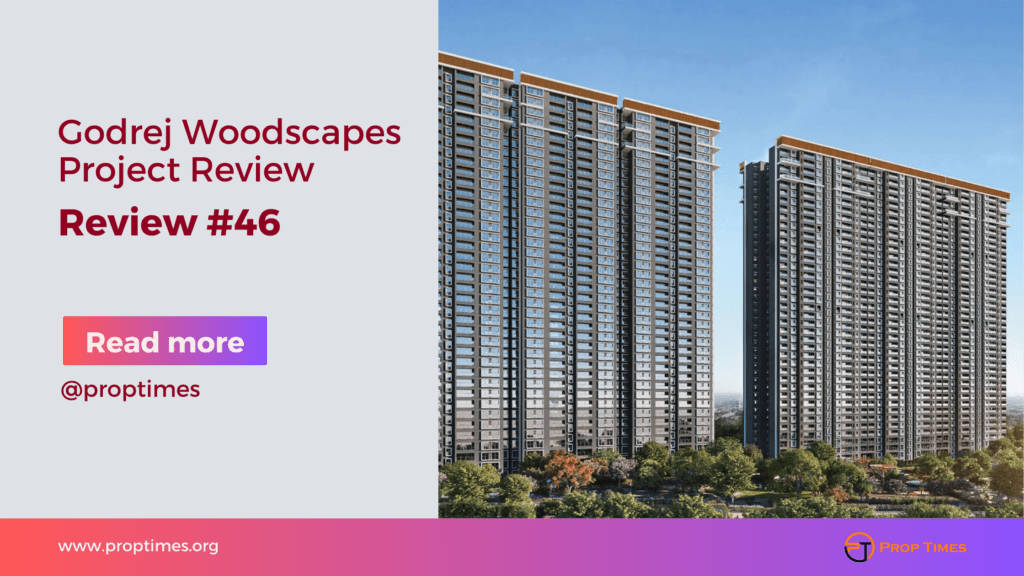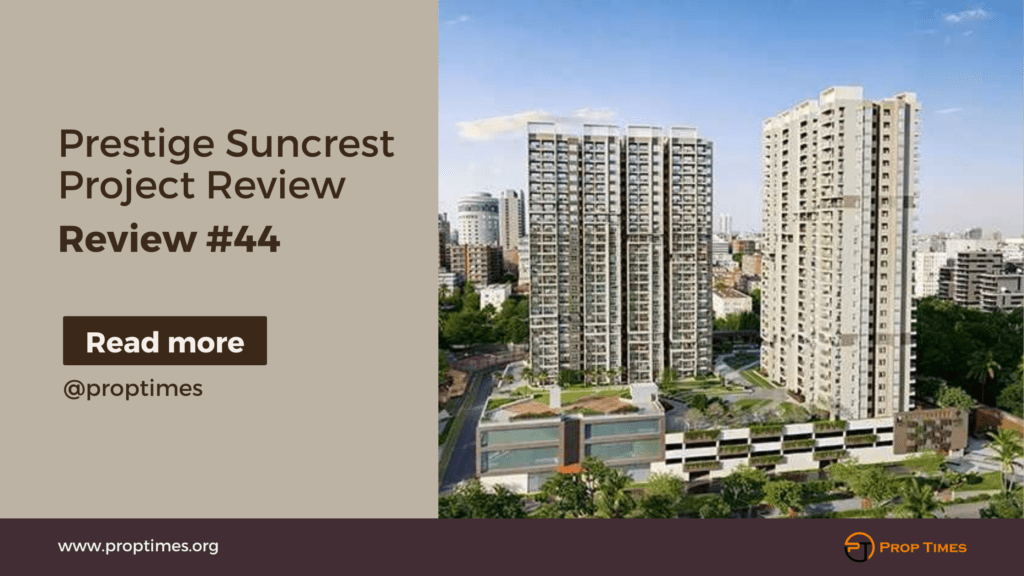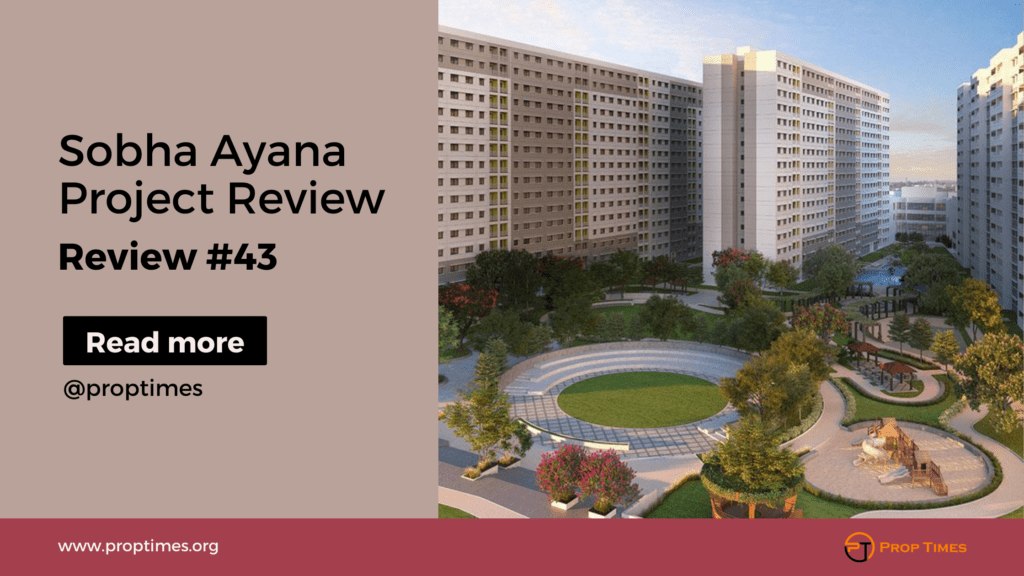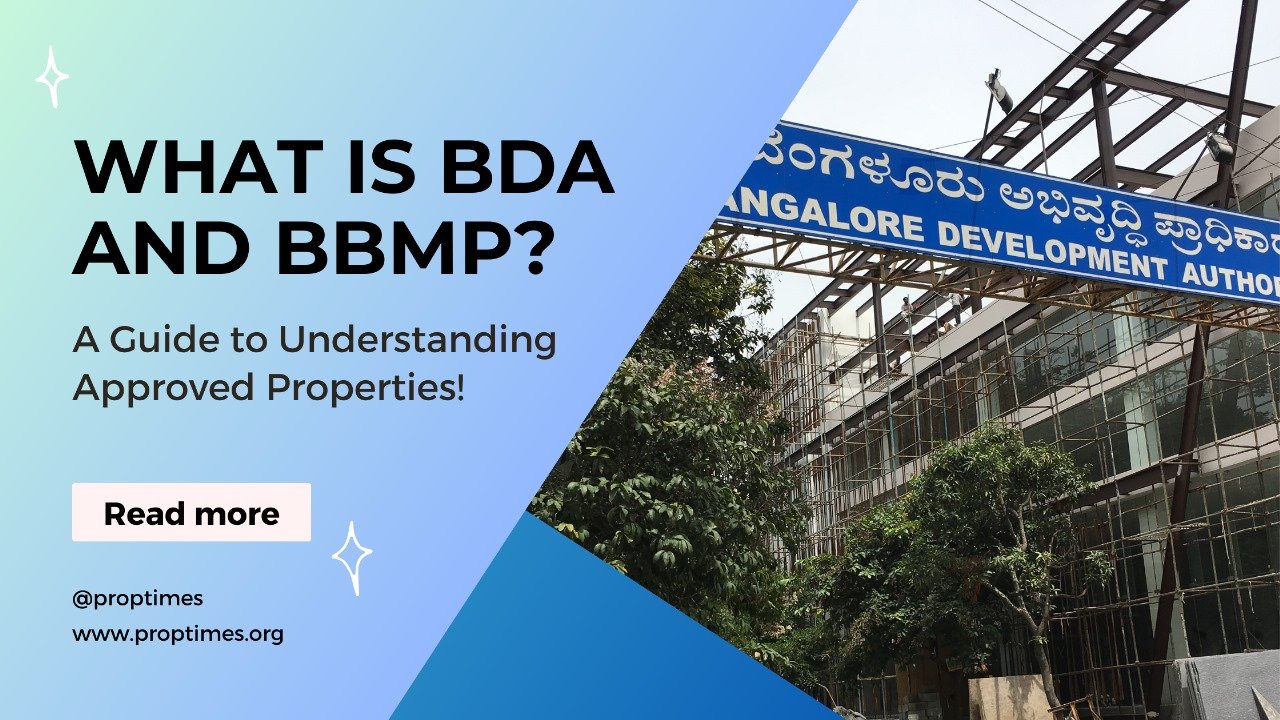
What is BDA and BBMP? A Guide to Understanding Approved Properties!
What is BDA and BBMP ?
Hey, Are you struggling to understand What is BDA and BBMP ? Don’t worry this informative guide will provide you with complete knowledge about BDA & BBMP approval, their historical backgrounds, roles, differences, and contributions to Bangalore’s development.
In the vast and dynamic world of Bangalore’s real estate, two significant entities play pivotal roles – the Bangalore Development Authority (BDA) and the Bruhat Bengaluru Mahanagara Palike (BBMP).
These organisations hold distinct responsibilities but collectively shape the urban landscape of Bangalore.
What is BDA? Understanding the Bangalore Development Authority
The Bangalore Development Authority (BDA) stands as a cornerstone of urban planning and development in the vibrant city of Bangalore. Established in 1976, the BDA emerged as the successor to the City Improvement Trust Board (CITB), with a primary mandate to address the burgeoning housing needs of the city’s growing population.
Over the years, the role and scope of the BDA have evolved, encompassing a wide range of responsibilities aimed at shaping Bangalore’s urban landscape and fostering sustainable growth.
Historical Evolution:
What is BDA? This Question takes us to understand The roots of the BDA trace back to the City Improvement Trust Board (CITB), which was established in 1945 to undertake developmental activities in Bangalore.
With the rapid expansion of the city and increasing demand for housing, the need for a more comprehensive and proactive approach to urban planning became apparent.
Thus, In 1976, the Bangalore Development Authority (BDA) was formed by merging the CITB with the Bangalore Urban Arts Commission (BUAC), marking a significant milestone in the city’s developmental journey.
Core Objectives and Responsibilities:
At its core, the BDA is entrusted with the task of planning, coordinating, and overseeing the development of Bangalore’s urban infrastructure and amenities.
This includes the allocation of land for various purposes such as residential, commercial, and institutional use, as well as the formulation of layout plans and execution of large-scale infrastructure projects.
Additionally, the BDA plays a pivotal role in regulating land use, ensuring compliance with zoning regulations, and promoting orderly development within its jurisdiction.
Planning and Development Initiatives:
One of the key functions of the BDA is to spearhead urban planning initiatives aimed at accommodating the city’s growing population while preserving its environmental and cultural heritage.
This involves the preparation of master plans, development plans, and zoning regulations to guide the orderly growth of Bangalore’s urban areas.
The BDA also undertakes infrastructure projects such as road networks, water supply systems, sewage treatment plants, and parks to enhance the quality of life for residents.
Land Allocation and Allotment:
One of the primary roles of the BDA is to allocate land for various purposes through public auctions, tenders, or allotment schemes.
The authority identifies suitable sites for development, prepares layout plans, and allocates plots to individuals, developers, or institutions for construction purposes.
This process involves rigorous scrutiny to ensure transparency, fairness, and compliance with regulatory requirements.
Regulatory Framework:
The BDA operates within a regulatory framework defined by various laws, acts, and regulations aimed at promoting sustainable urban development.
These include the Karnataka Town and Country Planning Act, the Karnataka Municipal Corporation Act, and the Karnataka Land Revenue Act, among others.
The authority is also guided by its own set of rules, bylaws, and guidelines formulated to govern land use, construction activities, and environmental protection.
Challenges and Future Directions:
Despite its significant contributions to Bangalore’s development, the BDA faces several challenges and opportunities in the rapidly evolving urban landscape.
These include addressing the housing needs of marginalised communities, managing urban sprawl, promoting sustainable transportation systems, and harnessing technology for efficient urban governance.
As Bangalore continues to grow and transform, the BDA remains poised to adapt and innovate to meet the evolving needs of its residents and stakeholders.
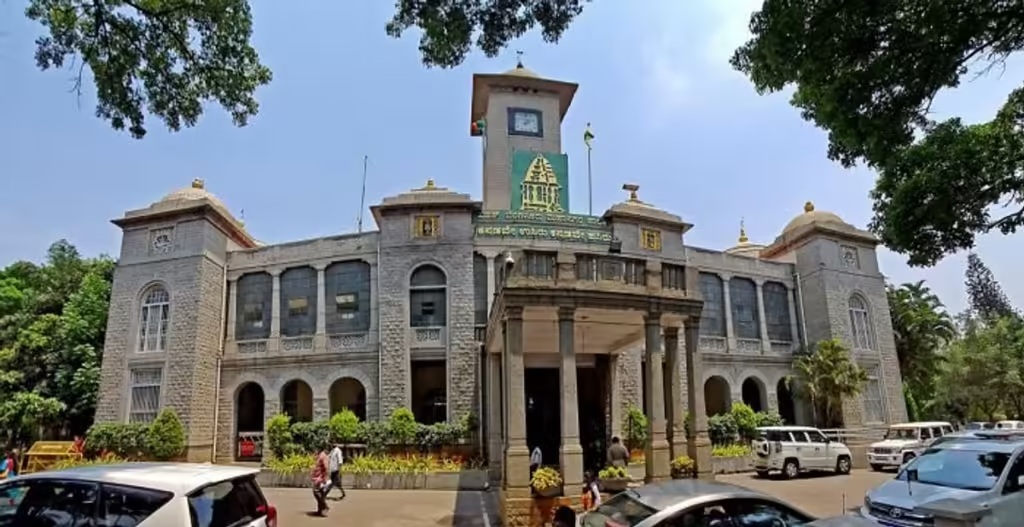
What is BBMP? Unveiling the Role of Bruhat Bengaluru Mahanagara Palike
The Bruhat Bengaluru Mahanagara Palike (BBMP) serves as the local governing body for the expansive urban landscape of Bangalore.
Established in 2007 through the merger of the erstwhile Bangalore Mahanagara Palike (BMP) with seven city municipal councils and one town municipal council, the BBMP plays a pivotal role in ensuring efficient administration, provision of basic amenities, and sustainable development across Bangalore’s core areas.
Historical Evolution:
The roots of the BBMP can be traced back to the establishment of the Bangalore City Municipal Corporation (BCMC) in 1949, which later evolved into the Bangalore Mahanagara Palike (BMP).
With the rapid expansion of Bangalore’s urban footprint and the incorporation of surrounding areas, the need for a unified and cohesive administrative structure became apparent.
Thus, in 2007, the BBMP was formed as a larger and more comprehensive entity to govern the entire Bruhat Bengaluru Mahanagara (Greater Bangalore).
Core Objectives and Responsibilities:
As the apex municipal body, the BBMP is entrusted with the responsibility of providing essential civic services, maintaining public infrastructure, and promoting the overall well-being of Bangalore’s residents.
This includes functions such as waste management, water supply, sanitation, road maintenance, public health, urban planning, and property tax collection. The BBMP operates under the guiding principle of ensuring equitable access to services and amenities for all citizens.
Urban Governance and Civic Services:
One of the primary functions of the BBMP is to oversee the day-to-day governance of Bangalore’s core areas, which encompass a diverse range of neighbourhoods, commercial hubs, and institutional zones.
This involves the formulation and implementation of policies, regulations, and bylaws to address various urban challenges and ensure the smooth functioning of municipal services.
The BBMP also collaborates with other government agencies, non-profit organisations, and community stakeholders to achieve its objectives.
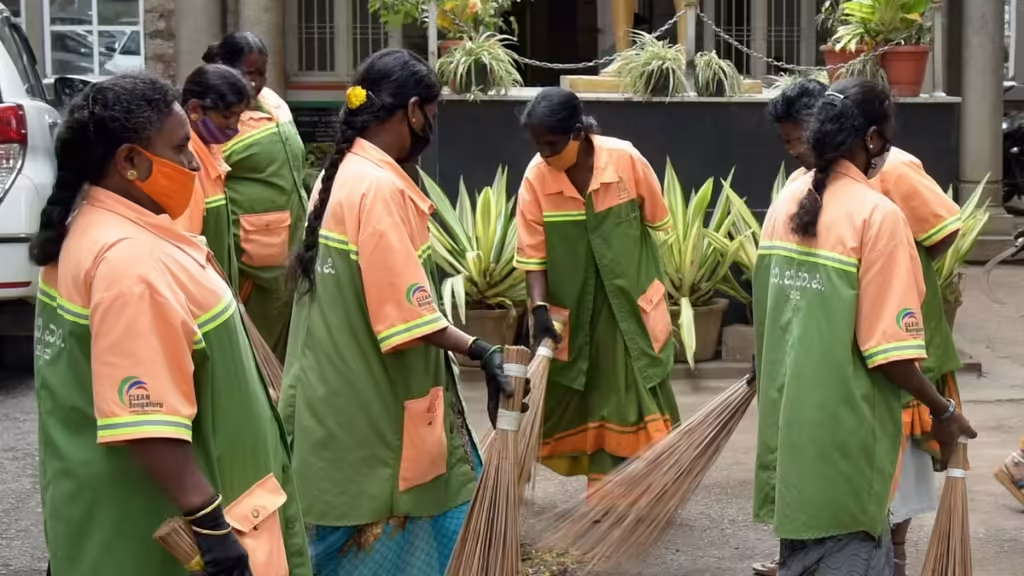
Waste Management and Sanitation:
The BBMP is responsible for managing the collection, transportation, and disposal of solid waste generated within its jurisdiction.
This includes the operation of garbage collection vehicles, segregation and processing facilities, and landfill sites. Additionally, the BBMP promotes initiatives such as composting, recycling, and waste-to-energy projects to minimise the environmental impact of solid waste disposal and promote sustainable practices.
Water Supply and Infrastructure:
Ensuring a reliable and efficient water supply is another key priority for the BBMP. The authority oversees the maintenance and expansion of water distribution networks, reservoirs, and treatment plants to meet the growing demands of Bangalore’s residents and businesses.
The BBMP also works to address issues such as water scarcity, Pollution, and conservation through strategic planning and investment in water management infrastructure.
Property Tax Collection and Revenue Generation:
Property tax collection forms a significant source of revenue for the BBMP, enabling it to fund essential municipal services and infrastructure projects.
The authority is responsible for assessing property values, levying taxes, and collecting dues from property owners within its jurisdiction.
This revenue is vital for maintaining public amenities, implementing development initiatives, and meeting the day-to-day operational expenses of the BBMP.
Challenges and Future Directions:
Despite its crucial role in urban governance, the BBMP faces numerous challenges, including rapid urbanisation, inadequate infrastructure, environmental degradation, and governance issues.
Addressing these challenges requires a multi-faceted approach involving policy reforms, investment in infrastructure, community engagement, and capacity building.
As Bangalore continues to evolve and grow, the BBMP remains committed to its mission of ensuring a sustainable, inclusive, and vibrant urban environment for all residents.
Conclusion: What is BDA and BBMP?
What is BDA and BBMP? Well, in the intricate tapestry of urban development, BDA (Bangalore Development Authority) and BBMP (Bruhat Bengaluru Mahanagara Palike) serve as pillars of Bangalore’s growth and governance. While BDA focuses on planned development and infrastructure, BBMP ensures efficient governance and provision of basic amenities.
Rather than viewing them in isolation, recognizing their complementary roles is crucial for Bangalore’s holistic development and sustainable future.
FAQ
No, BDA and BBMP serve distinct purposes in Bangalore’s urban landscape. BDA focuses on planning and development, while BBMP handles local governance.
BDA approves properties for layout plans, housing constructions, and commercial projects, ensuring compliance with established regulations.
Properties in Bangalore’s outer ring are governed by BMRDA, following regional development guidelines set by acts like BIAAPA and BMICAPA.
BBMP manages day-to-day civic affairs, including waste management, water supply, and property tax collection, ensuring the smooth functioning of Bangalore’s core areas.
BDA focuses on planned development and infrastructure projects, while BBMP ensures efficient governance and provision of basic amenities, collectively fostering Bangalore’s growth and livability.
BDA (Bangalore Development Authority) oversees planned development and infrastructure in Bangalore’s inner ring, while BBMP (Bruhat Bengaluru Mahanagara Palike) manages day-to-day governance and civic services in the city’s core areas. Essentially, BDA focuses on long-term planning, while BBMP ensures the smooth functioning of urban services.
Can't Find What you are looking for?
Tell us about your choice here!



